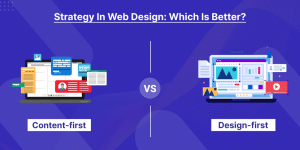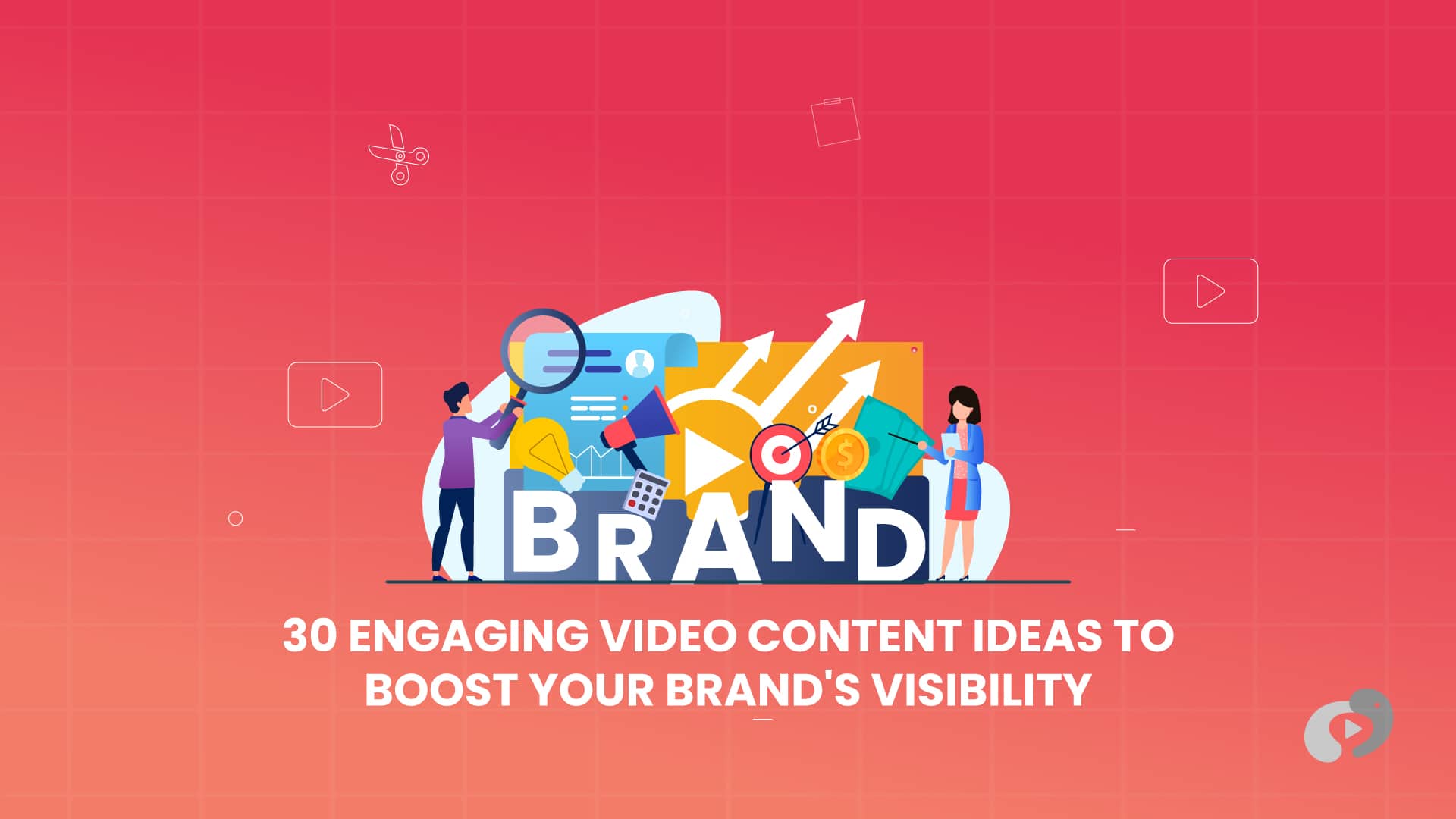The Benefits of Content-First Web Design
A crucial strategy for creating websites that put the needs of the user first, improve performance, and improve the user experience overall is content-first web design. Websites must be constructed with a clear focus on providing valuable material in a meaningful way in the quickly changing digital arena, where there is intense competition for attention. Businesses may develop websites that are not only aesthetically pleasing but also effective, user-focused, and SEO-optimized by implementing a Content-First Web Design approach. The numerous advantages of content-first web design and how it is revolutionizing website development will be discussed in this article.

What is Content-First Web Design?
It is crucial to comprehend what Content-First Web Design comprises before exploring its advantages. A method known as “content-first web design” centers the design process around the content. Content-First Web Design begins by giving the content itself top priority, as opposed to creating the website’s layout and visual components first, then adding content afterwards. After that, the structure and design are developed around the information to make it legible, interesting, and easily accessible.
This strategy highlights how crucial it is to provide value through content, whether it be interactive components, text, photos, or videos. Designers make sure that the website meets user needs while being practical, efficient, and in line with corporate goals by concentrating on the content first.
The Key Benefits of Content-First Web Design
1. Improved User Experience (UX)

The notable enhancement in user experience is one of the main advantages of content-first web design. Prioritizing the material on a website makes it simpler for visitors to explore, interact with, and engage with the information. Web designers may produce clear hierarchies, user-friendly layouts, and straightforward navigation pathways that speed up content discovery by putting the content first.
The most crucial information is displayed first in a content-first design, which arranges the content logically. This eliminates needless distractions and helps visitors locate what they’re looking for quickly. Furthermore, the design components are molded to fit the content, making sure that nothing obscures or overpowers important details.
2. Enhanced SEO Performance
Enhancing a website’s exposure on search engines like Google requires SEO (Search Engine Optimization). SEO recommended practices are naturally supported by a content-first web design approach. Putting the content at the forefront of the design process guarantees that it is search engine optimized, as search engines give preference to high-quality, pertinent information.
Using keywords, optimizing meta tags, and properly structuring material with headers and subheaders are all made easier with content-first design. Carefully arranging material makes it easier for search engines to find, which can result in higher ranks and more visitors. Furthermore, better content that appeals to users will inevitably increase engagement, lower bounce rates, and improve SEO.
3. Mobile Responsiveness
Making sure a website is mobile responsive is essential given the rise in the use of smartphones and tablets. Because the information is organized to easily adjust to different screen sizes, information-First Web Design facilitates the creation of mobile-friendly websites. Content is a top priority for mobile visitors, and a website that has content suited for mobile devices offers a far more seamless experience.
Avoiding crowded, excessively complicated layouts that can be challenging to use on small displays is made possible by content-first design. Designers can guarantee that crucial information is shown accurately and effectively on mobile devices, offering a consistent experience across all platforms, because content is given priority over design.
4. Faster Website Loading Times
A good user experience and visitor retention depend heavily on a website’s performance. High bounce rates from slow-loading websites can harm SEO and user engagement in general. By emphasizing lightweight information that avoids overcrowding the site with superfluous design components, an information-First Web Design strategy can assist speed up loading times.
Web designers may optimize photos, videos, and other media for speedier loading by prioritizing content organization. Additionally, content-first design steers clear of frequent mistakes like sophisticated visual features or heavy graphics that can cause a website to load slowly. Users may quickly find what they need because to the content’s effective presentation and prioritization. https://diversewebsitedesign.com.au/budget-website-design/
5. Clearer Brand Messaging
In order to strengthen a brand’s positioning and messaging, content-first web design is essential. Since the design is driven by the content, businesses can concentrate on communicating their message succinctly and simply. The presentation of the material, whether it be in the form of blog entries, product descriptions, or client endorsements, is consistent with the voice and values of the brand.

Delivering helpful, pertinent information to users is given more importance in content-first design, which aids companies in establishing credibility and trust. A website that prioritizes content guarantees that consumers will have a consistent brand experience that meets their requirements and expectations.
6. Streamlined Development Process
A more effective development process is another important advantage of content-first web design. Typically, the visual components of a website are designed first, followed by the content. As a result, material is frequently crammed into pre-made layouts or made to fit inside a design framework. This may lead to poorly presented or ignored content.
Prioritizing content allows designers to develop a structure and layout that best suits the material, which facilitates the process of building the website from the ground up. By ensuring that the content is in line with the design from the beginning, content-first web design reduces the need for changes. As a result, the development process is streamlined, saving money and time.
7. Better Conversion Rates
Converting visitors into customers—whether that be through a purchase, newsletter sign-up, or contact form completion—is the end objective of the majority of websites. By making sure that the information is positioned strategically to help consumers through the conversion process, content-first web design immediately increases conversion rates.
Designers can produce a website that motivates action by concentrating on the information that the user cares about the most, such as benefits, product specifications, or obvious calls to action. Furthermore, the way the information is displayed makes it simple for users to comprehend what has to be done next. Better business outcomes are the result of a well-structured content-first website that naturally guides people toward conversion points.
Implementing Content-First Web Design
Businesses should adhere to a few crucial steps in order to properly deploy content-first web design:
material Audit and Planning: Start by determining the essential material that will increase user engagement. Text, pictures, videos, and interactive components are all included in this. Make sure the information is coherent and advances your company’s goals.
Design Around material: After the material has been arranged, make a design that enhances and goes well with it. It should be simple for visitors to locate and interact with the material thanks to the layout.

Test and Optimize: Make sure the website is meeting user needs by regularly testing its performance. Examine user behavior and make changes to enhance load times, accessibility of content, and user experience in general.
Conclusion
The way websites are created and viewed is being completely transformed by content-first web design. Businesses can produce more user-friendly, SEO-optimized, and conversion-boosting websites by putting content above style. Whether your goal is to boost brand messaging, optimize for mobile devices, or improve user experience, Content-First design offers a solid basis for success. Content-First Web Design will continue to be crucial in determining how websites are developed in 2024 and beyond.




